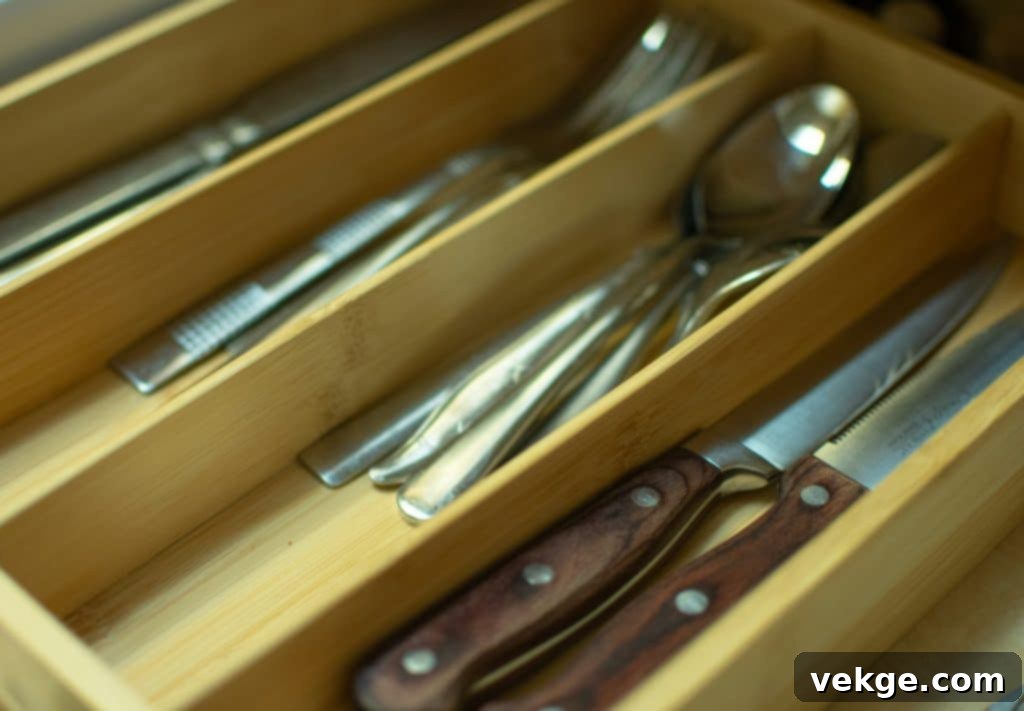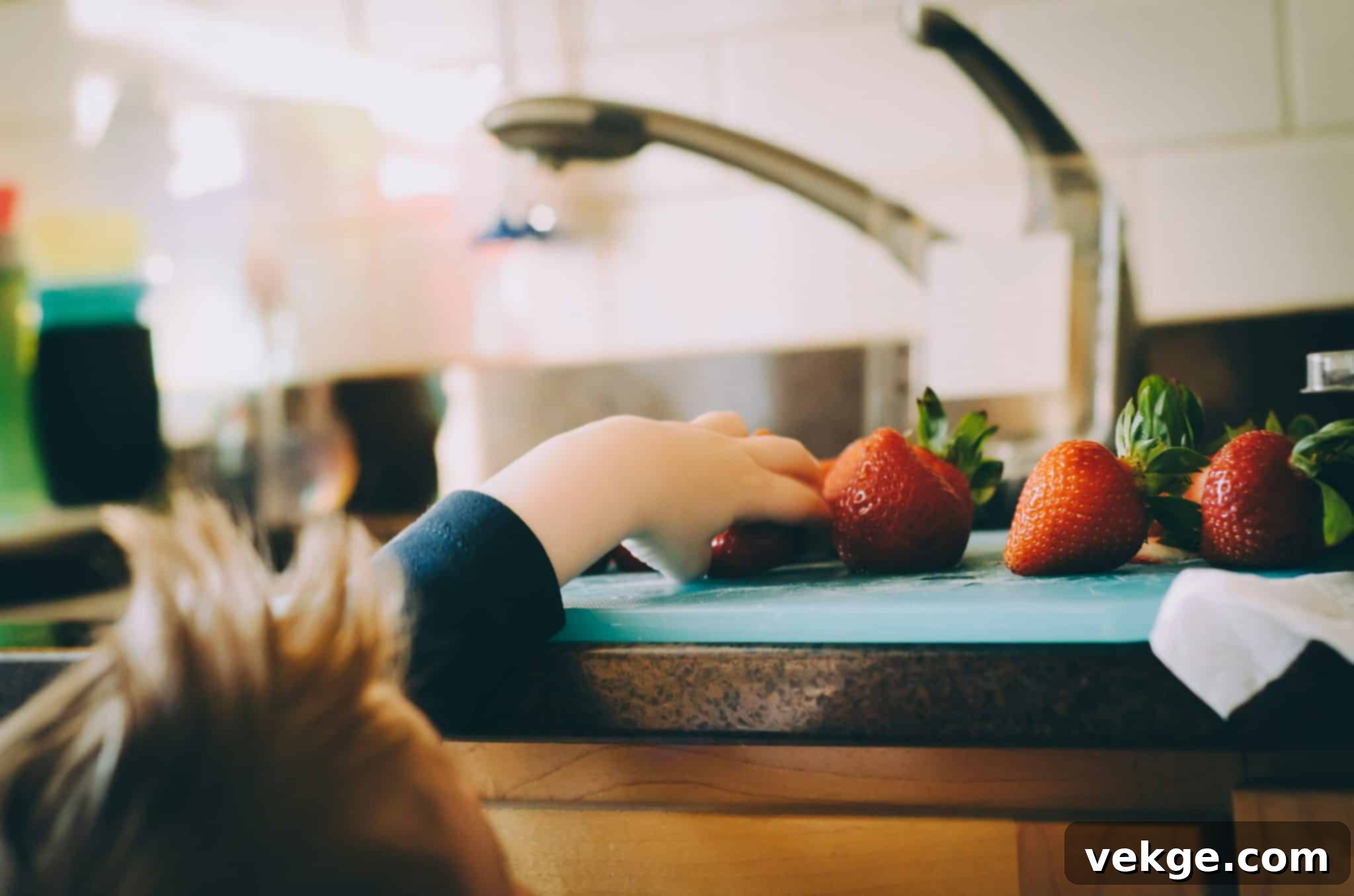The Ultimate Guide to Childproofing Your Home: Creating a Safe Haven for Your Little Ones
Bringing a new baby home is an exciting, life-changing experience. Alongside the joy, new parents quickly discover a whole new set of challenges, particularly when it comes to ensuring their home is a safe environment for their growing child. We often overlook potential hazards because we’re accustomed to seeing the world through adult eyes. What seems harmless to us can be a serious danger to a curious toddler or crawling infant.
Fortunately, childproofing your home is a tangible and rewarding task, often more straightforward than many other aspects of parenting. This comprehensive guide will walk you through practical tips and effective strategies to create a secure, worry-free space where your children can explore, learn, and grow safely. By taking proactive steps, you can prevent accidents and give yourself peace of mind.
Securing and Protecting Fragile or Dangerous Items

As any new parent will quickly learn, the presence of small children significantly increases the likelihood of household items getting broken. Whether it’s an expensive electronic device, a cherished family heirloom with deep sentimental value, or even everyday items, protecting your valuables from damage is a key aspect of childproofing. More importantly, you need to protect your child from these items.
Children are not only prone to damaging household items but are also highly susceptible to harm as a result. Broken glass, shattered porcelain, or fragmented plastic can create dangerously sharp edges or small pieces that pose a severe risk of cuts, punctures, or even choking. Therefore, it is crucial to repair any broken items as quickly as possible, or dispose of them safely.
Items made of fragile materials like glass, ceramic, or porcelain present a particular risk. For minor breakages, specialized products such as glass glue or porcelain glue can effectively mend broken crockery, decorative lamps, or other household items. When using these adhesives, masking tape can be a helpful temporary aid to hold the broken pieces together firmly while the glue dries and cures.
If you don’t immediately have the appropriate products to repair damaged items, or if the item is beyond repair, ensure they are stored securely and completely out of reach of your children. For particularly valuable or irreplaceable fragile items, consider moving them to higher shelves, locked cabinets, or even into storage until your children are older. In some cases, for non-food contact items, you can even be proactive. Applying a thin, protective coating of clear-drying glue or resin to the underside or less visible parts of certain fragile items can reinforce them, potentially preventing accidental breakage and the subsequent risk of injury.
Installing Safety Gates for Restricted Access
Safety gates are a cornerstone of childproofing, providing an invaluable barrier between your curious child and hazardous areas. You’re likely familiar with safety gates — perhaps even from your own early childhood. These gates are specifically designed to prevent children from accessing unsafe parts of the home or from falling down stairs, offering a clear boundary that keeps them safe within designated areas.

While various types of safety gates exist, the swinging stair gate is perhaps the most common and recognizable. These simple yet effective gates can be securely locked shut and are primarily used to block access to staircases, preventing potentially dangerous falls. They are absolutely essential in any home with small children, and it’s vital to install them correctly at both the top and bottom of every staircase in your home. For the top of stairs, hardware-mounted gates are always recommended over pressure-mounted gates, as they offer greater security and stability.
Beyond staircases, safety gates have multiple applications. Depending on your home’s layout, fireplace gates are highly recommended to prevent children from touching hot surfaces or accessing open flames. Similarly, gates can be used to block off rooms that pose a particular hazard, such as kitchens (where hot appliances and sharp objects are present), bathrooms (with medicines and cleaning supplies), or laundry rooms. For families who frequently visit other homes with their child, portable safety gates are an excellent solution, allowing you to create a secure play area wherever you go.
Anchoring Furniture and Decor to Prevent Tipping
One of the most insidious and dangerous hazards in a home with young children is the risk of furniture tipping over. Tall, heavy items such as wardrobes, chests of drawers, bookshelves, entertainment units, and even large floor vases or sculptures can become unstable when a child attempts to climb them, pull on them, or open drawers. This risk was tragically highlighted when Swedish furniture giant IKEA had to recall many products after numerous fatal accidents involving tipping dressers.
Thankfully, preventing large items of furniture from tipping over is a straightforward and essential childproofing step. You can achieve this by securely anchoring them to the walls. Many modern pieces of furniture, especially those designed for children’s rooms, come equipped with screws, L-brackets, or other hardware specifically designed to facilitate attachment to walls. Always use these provided safety mechanisms.
Even if an item lacks pre-drilled holes or specific anchoring hardware, you can often purchase universal anti-tip kits. These typically consist of straps, brackets, or heavy-duty anchors that can be used to secure furniture to wall studs. It’s crucial to anchor heavy items to solid wall studs rather than just drywall for maximum stability. Furthermore, consider anchoring televisions directly to the wall or to their stands, as unanchored flat-screen TVs can easily tip off entertainment units. Regularly inspect all anchored items to ensure the fastenings remain secure and that your home’s structural integrity supports the anchors.
Locking Doors and Drawers for Restricted Access

While you strive to remove every single unsafe item from your child’s reach, it’s simply not feasible to completely empty your home. You will undoubtedly end up storing many potentially dangerous items in specific places. When this is the case, it’s absolutely vital to ensure that your children truly cannot access them. This means implementing effective locking mechanisms on doors, cabinets, and drawers.
For example, if a room contains dangerous chemicals, valuable tools, or delicate equipment, installing a lock on the door to that room is a critical safety measure. This could be a simple deadbolt or a child-resistant doorknob cover that prevents smaller hands from gripping and turning.
The same principle applies to cabinets and drawers throughout your home. In the kitchen, this includes cabinets holding cleaning supplies, sharp utensils, or glass items. In bathrooms, it’s crucial for medicine cabinets and storage areas for toiletries. Some cabinets come with built-in child-safe mechanisms, while for others, you’ll need to purchase and install interior or external locks. Internal magnetic locks, for instance, are popular as they are hidden from view and require a special key to open, making them highly effective. External latches, while easier to install, can be simpler for a determined toddler to defeat and require constant reattachment after each use, which can sometimes be forgotten in a rush.
Door knob covers are another simple and effective solution. These covers typically fit over existing doorknobs, making them difficult for small children to grip and turn, thus preventing them from opening doors to restricted areas or wandering outside unsupervised.
Addressing Fire, Heating, and Electrical Hazards
Protecting your child from the risks associated with fire, heat, and electricity is paramount. Fortunately, several simple yet highly effective steps can be taken to mitigate these dangers within your home.
- Hot Water Temperature: Lowering the temperature of your hot water heater is a crucial first step. Setting it to a maximum of 120°F (49°C) significantly reduces the risk of scalding from hot water coming from taps or the shower, which can cause severe burns in seconds.
- Stove and Oven Safety: When cooking, make a habit of using the back burners of your stove whenever possible. For added safety, consider installing a stove guard or oven lock to prevent curious hands from touching hot surfaces, turning knobs, or opening oven doors. Knob covers can also be used to prevent accidental activation of burners.
- Electrical Outlets: Electrical sockets pose a significant risk of electrocution if children insert fingers, toys, or other items into them. Prevent this by installing protective covers on all unused electrical outlets in your home. There are various types, including simple plug-in caps, sliding covers, or self-closing outlet covers that offer continuous protection. Ensure loose electrical cords are tucked away, ideally behind furniture, to prevent tripping hazards and discourage children from pulling on them or chewing on them. Avoid overloading electrical outlets.
- Fire and Carbon Monoxide Detectors: To safeguard against dangers from fire, smoke, or invisible gases, it is essential to install a smoke detector on every floor of your house, inside and outside sleeping areas. Additionally, install a carbon monoxide detector, especially near bedrooms. These devices are lifesavers, but only if they are functional. Remember to regularly check their batteries at least once a month and replace them annually, or as recommended by the manufacturer.
Additional Childproofing Tips for a Safer Home
Beyond the major categories, a few other simple tricks can significantly increase the overall safety of your home:
- Sharp Furniture Corners: Many pieces of furniture have sharp corners that can cause painful bumps or cuts, especially at a child’s head height. Add protective corner guards made of soft plastic, foam, or silicone to these hazardous edges. They are easy to apply and can prevent many minor injuries.
- Window Blind Cords: Window blind cords are a severe strangulation hazard for young children. To mitigate this risk, opt for cordless blinds if possible. If you have corded blinds, use cord shorteners, safety tassels, or cleat wraps to keep cords well out of reach. Never place a crib or bed near a window with corded blinds.
- Choking Hazards: Pay meticulous attention to smaller, non-furniture items in your home. Any object small enough to fit through a toilet paper roll is generally considered a choking hazard for children under three. Common culprits include small toys, coins, marbles, button batteries (which are highly dangerous if swallowed), deflated balloons, pet food, and uninflated balloons. Regularly check each room, especially play areas, to ensure these types of items are not left out. Store all small items securely in locked containers or high shelves.
- Suffocation Hazards: Plastic bags, thin plastic sheeting, and dry cleaning bags pose a suffocation risk. Always tie them in knots before discarding or store them immediately out of reach. For infants, ensure their crib is free of loose blankets, pillows, bumpers, and stuffed animals, as these can also be suffocation risks.
- Poisoning Prevention: Store all medications (prescription and over-the-counter), cleaning products, laundry pods, pesticides, and other toxic substances in their original child-resistant containers, locked cabinets, or high shelves. Be aware of poisonous household plants and remove them or place them where they cannot be accessed. Program the Poison Control number (1-800-222-1222 in the U.S.) into your phone.
- Bathroom Safety: Install toilet lid locks to prevent drowning hazards and keep children from playing in the toilet. Use non-slip mats in the bathtub and shower to prevent falls. Consider faucet covers to protect against bumps and burns. Always supervise children during bath time.
Creating a Safe, Secure Environment for Your Family
By diligently taking proactive steps to childproof your home, you are creating a safe and enriching environment where your children can confidently explore, learn, and play. This sense of security is invaluable for both children and parents.
However, it’s important to understand that it’s impossible to eliminate all risks 100%. Accidents can still happen, and vigilance remains key. This is why, alongside implementing physical childproofing measures, it’s equally important to educate your children about potential hazards as they grow. Teach them about hot surfaces, sharp objects, the dangers of electricity, and why certain areas are off-limits. Empowering them with knowledge is an essential part of their journey towards understanding safety. Childproofing is an ongoing process that evolves as your child develops new skills and curiosities. Stay attentive, stay informed, and enjoy the peace of mind that comes with a child-safe home.
